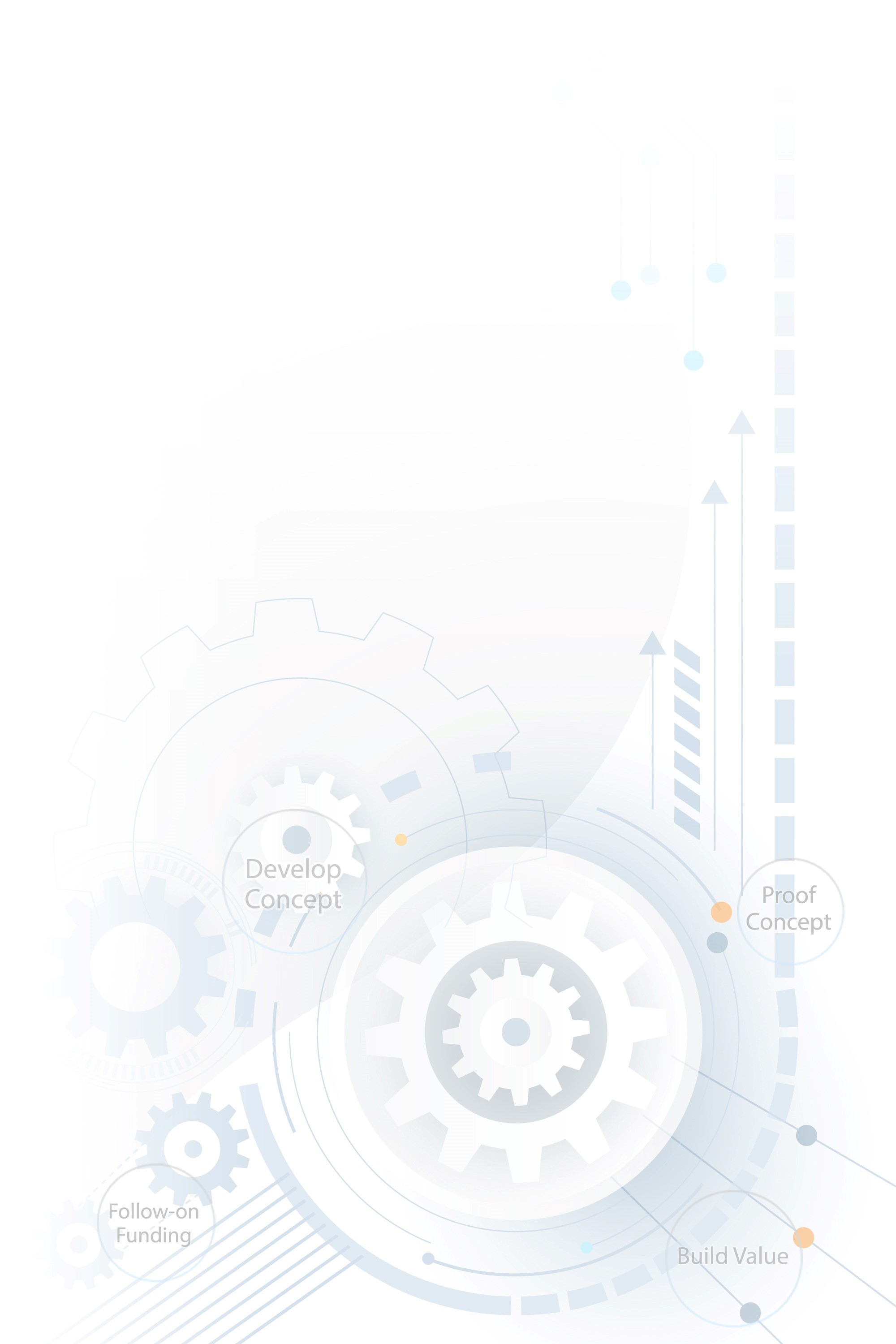


Opportunity
Aquatic animals face various health threats. Large-scale stranding of aquatic mammals attributed to zoonotic infections and human interactions were reported worldwide. Recording of animal health and conventional necropsy data is not the sole indicator of underlying health trends. Ancillary diagnostic examinations and datasets should be integrated into the existing system. Inspection, palpation and tissue incision during conventional necropsy may entail potential health risks to veterinary personnel. Virtopsy, using postmortem Computed Tomography, Magnetic Resonance Imaging and 3D surface scanning, provides a virtual alternative for death investigations.
The world first novel platform, Aquatic Animal Postmortem Multimedia Analysis Platform, provides up-to-date results to governmental agencies, stakeholders, and general publics to facilitate and support marine conservation and policy decisions, which will allow the use of aquatic animals as sentinels of ecosystem health, working towards a 'One Ocean-One Health' ideal.
Technology
Aquatic Animal Virtopsy Lab utilises virtopsy techniques to provide insights for the assessment of aquatic animal profiles and biological health locally and globally. The team is in charge of carcass PM imaging, data post-processing, result interpretation, and virtopsy reporting.
Postmortem Computed Tomography is performed with a 16-row or 64-row multi-slice spiral CT scanner. Postmortem Magnetic Resonance Imaging is performed with a 0.25 or 1.5 MR scanner. 3D surface scanning is performed with handheld or long range structured-light-based 3-D scanners.
Data post-processing and evaluation are performed on Aquarius iNtuition workstation (TeraRecon, San Mateo, CA, United States). Diagnosis is made by veterinary radiologists or radiological clinicians who are certificated and experienced to report virtopsy findings. All postmortem multimedia are stored in our developed Aquatic Animal Postmortem Multimedia Analysis Platform.
Advantages
- Standardized operator-independent non-invasive data documentation
- Objective visualization and recapitulation of postmortem findings
- Reduced cost and risk of zoonotic infection during conventional necropsy
- Supplement critical findings to conventional necropsy
- Digitally storable and transferable, thereby facilitating second opinion
- Web-based stranding response workflow and data management
- Big data for diseases surveillance & health monitoring of aquatic wildlife
- Up-to-date results to facilitate and support marine conservation and policy decisions
Applications
- Enable reevaluation of large numbers of aquatic animals deceased cases through non-invasive imaging diagnostic.
- Support researchers with topics ranging from in vivo diagnostics and taxonomy and distribution, to global warming and climate change for stranding rehabilitation and conservation
- Diseases surveillance & health monitoring and assessment of aquatic wildlife




